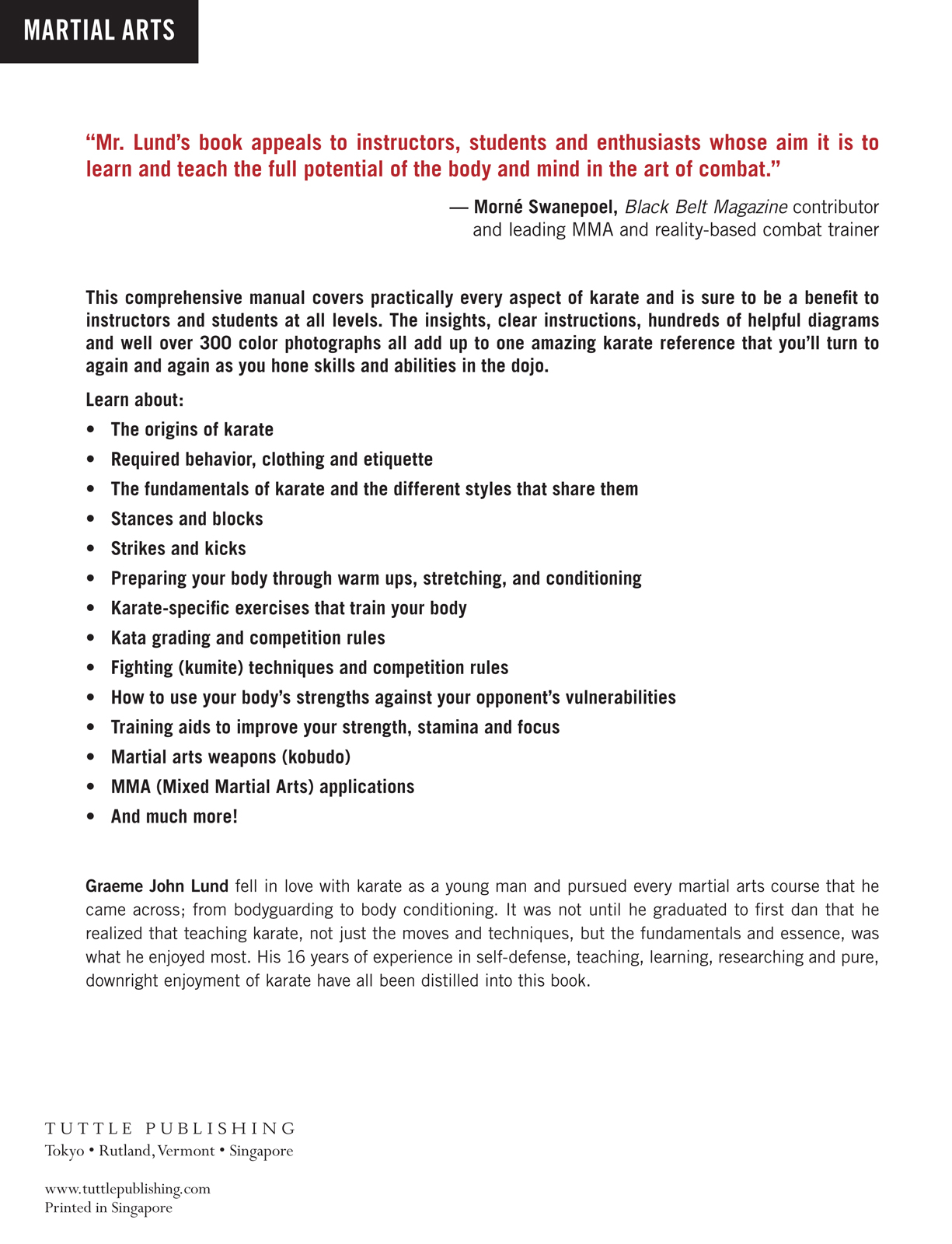
CHAPTER 3
FUNDAMENTALS OF KARATE
There are certain elements of karate that are fundamental to the sport and they have caused controversy in the past, particularly among Western religious groups who perceive these fundamental elements to be spiritual and contrary to Christianity. However, all of these elements have been explained through modern science and it has been found that they are practiced in Western sports too.
HARA OR TAN DEN
The hara is the physical center of gravity located in the abdomen three finger-widths below and two finger widths behind the navel and consists of a number of muscles namely the Transversus Abdominus, the Multifidi, the Pelvic Floor and the Diaphragm. In the Western culture these muscles are called the Core or the Stabilizing Muscles. All effective movement depends on the hara as without it we would simply be unbalanced and fall over. By optimizing the hara a karateka has a very stable platform from which to deliver a strike or ward off an attack. In addition, without using the hara correctly a karateka will not be able to perform a kata sequence or a kumite combination effectively.
KI
Ki is believed to be the latent energy stored in the hara. By optimizing the use of one's hara you are able to maximize the effect of the ki. Most martial art systems believe that the ki may be harnessed and used in combat. In fact every sport that requires balance makes use of this force.
KIME
This is the focus of the ki at the moment of impact of a block, strike or other form of contact. Effective kime comes with correct breathing and very simply a karateka will breath out while applying the technique and end the breath sharply at the same instant as the impact. This is not unique to martial arts as any tennis spectator will know. Kime is also used when the body receives a blow and by breathing out sharply at the moment the blow is landed, the body minimises the effect of the blow.
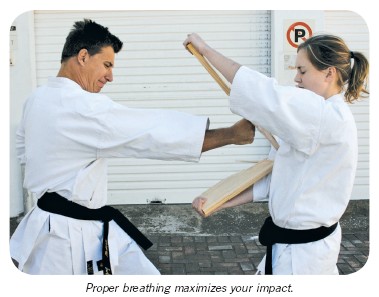
Breathing correctly is very important in karate for a number of reasons other than creating kime. It improves endurance, allows the karateka to think faster and more effectively and, after vigorous exercise, allows the body to return to a normal level of heartbeat and breathing more rapidly. A karateka must focus on breathing as much as on the technique being performed. In time the hara's muscle memory will work automatically with the rest of the body and kime will happen without conscious thought.
KIAI
Kiai is the term that commonly refers to a short yell that some martial artists shout before or during a fight or technique and it is this yell that releases the kime. Practical uses of kiai include: startling and demoralizing an opponent, priming the mind for combat by "amping up," protecting the upper body from a strike by providing an escape route for exhalation of air, protecting the lower body by rapidly contracting the transverse abdominals and other core muscles thus shielding the internal organs and also to provide a solid support for striking techniques.
KOSHI
Koshi refers to the effective use of the hips in karate. The hip joint of the front leg is the pivotal point or axis and moving the other hip around this axis with focused speed and energy in conjunction with blocks, strikes or take downs adds vastly more power to these defensive or attacking movements.
By combining koshi with kiai, a karateka may appear to have supernatural strength and power. In reality this is simply extraordinarily good biomechanics.
MUSHIN
Mushin means "mind of no mind" and refers to a state that highly experienced martial artists achieve when in combatit is the state in which every action and reaction occurs without any conscious thought. The fighter feels no anger, fear, or ego, they simply do what feels best. A karateka needs to train for many years, practicing combinations of movements and techniques many hundreds of times until they can be performed without conscious thought.
FUNDAMENTALS OF SHOTOKAN

Shotokan techniques are characterized by deep, long stances that provide stability, powerful movements and also help strengthen the legs. Shotokan is a hard style with strong, powerful moves being more prevalent than slower, more flowing motions. The stances of Shotokan are also more upright than those of other styles, especially those with close links to original Okinawan style. Shotokan is linear in its movements.
Shoto is the pen name used by Gichin Funakoshi, the founder of Shotokan and means "pine wave," kan means "house," Shotokan is therefor the name given to a hall where Funakoshi trained his students.
Before his students established the Japan Karate Association, Funakoshi laid out the Twenty Precepts of Karate, which form the foundations of Shotokan. Within these twenty principles, based heavily on Bushido and Zen, lies the philosophy of Shotokan.
1. Never forget: karate begins and ends with respect
2. There is no first attack in karate
3. Karate supports righteousness
4. First understand yourself, then understand others
5. The art of developing the mind is more important than the art of applying technique
6. The mind needs to be freed
7. Trouble is born of negligence / ignorance
8. Do not think karate belongs only in the dojo
9. Karate training requires a lifetime
10. Transform everything into karate; therein lays its exquisiteness
11. Karate is like hot water, if you do not give it heat constantly, it will again become cold water
12. Do not think that you have to win, rather think you do not have to lose
13. Transform yourself according to the opponent
14. The outcome of the fight depends on one's control
15. Imagine one's arms and legs as swords
16. Once you leave the shelter of home, there are a million enemies
17. Postures are for the beginner; later they are natural positions
18. Perform the kata correctly; the real fight is a different matter
19. Do not forget control of the dynamics of power, the elasticity of the body and the speed of the technique
20. Apply the way of karate to all things. Therein lies its beauty.
Individual styles of Shotokan include:
 JKA
JKA
 JSKA
JSKA
 Shotokai
Shotokai
 ITKF-International Traditional Karate Federation
ITKF-International Traditional Karate Federation
 SRKHIA (WSKA)-Shotokan-kase-ha Instructor Academy
SRKHIA (WSKA)-Shotokan-kase-ha Instructor Academy
 SKIFShotokan Karate-do International Federation
SKIFShotokan Karate-do International Federation

Next page


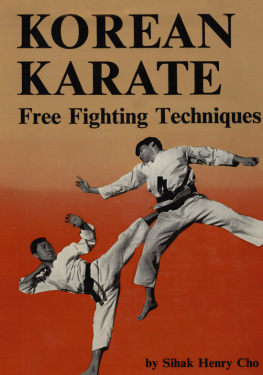
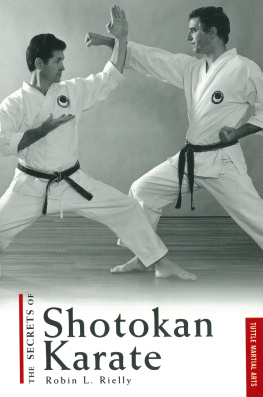
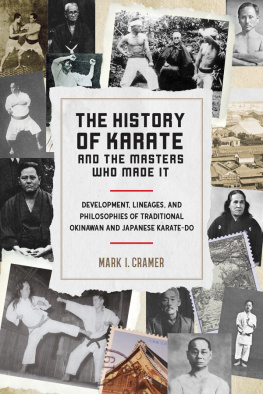
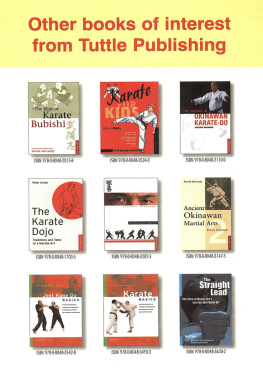
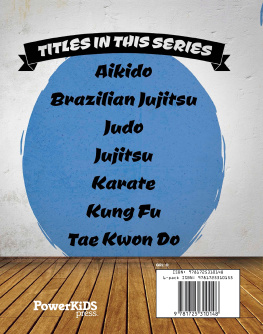

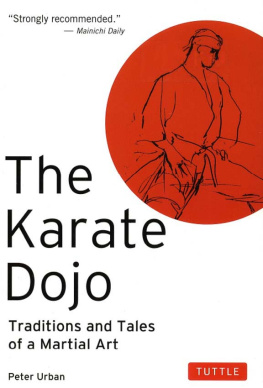
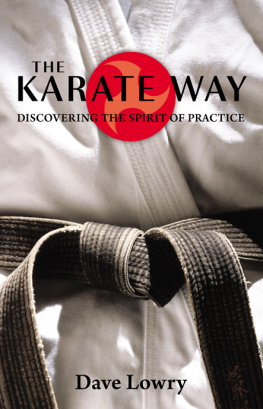



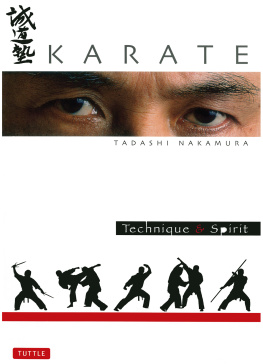



 JKA
JKA